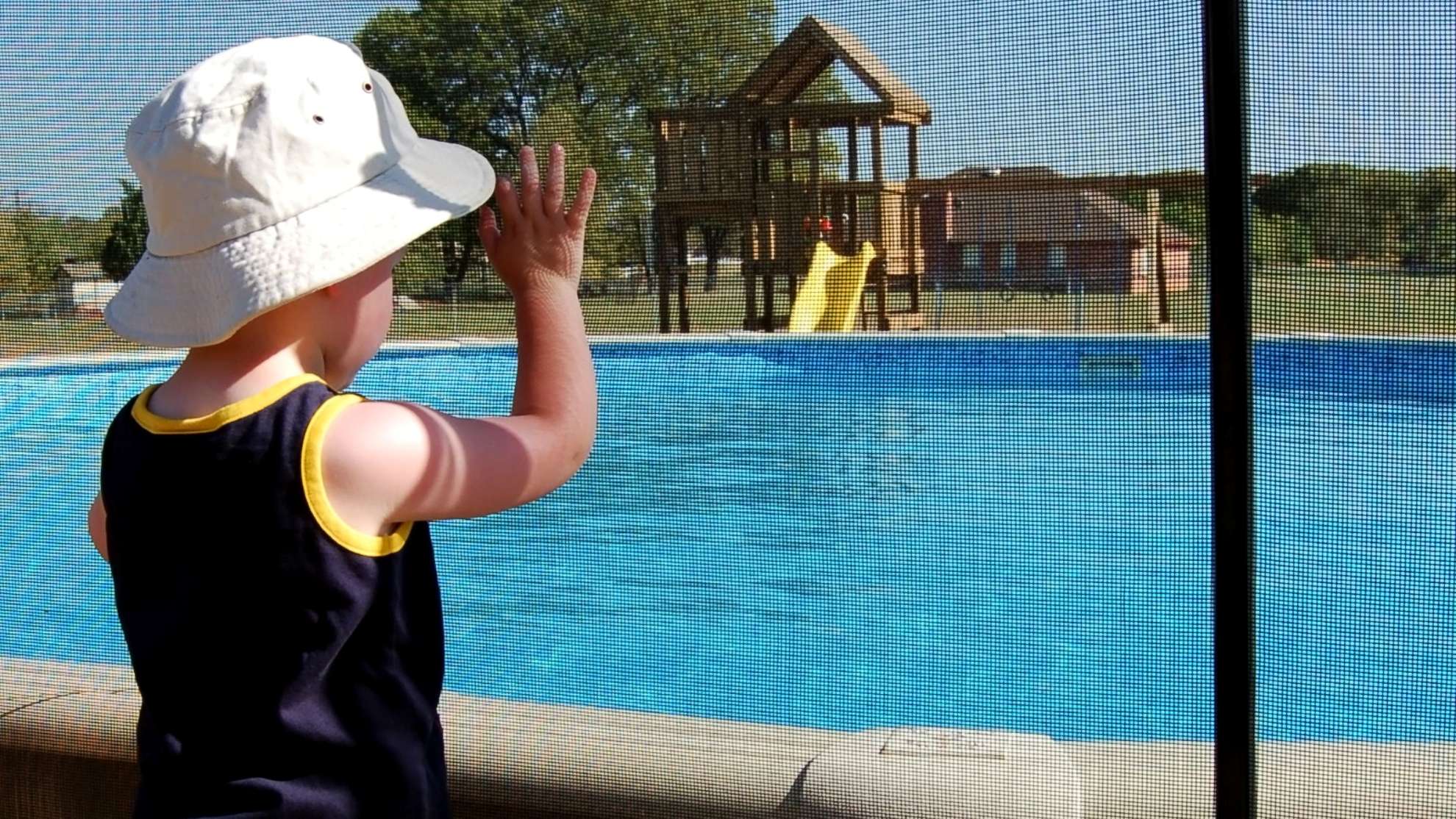Each year, May marks the beginning of swim season—and it’s also a critical time for raising awareness. In fact, May is both National Water Safety Month and Drowning Prevention Month, two parallel campaigns with one shared goal: to help families enjoy water safely and prevent needless tragedies.

National Water Safety Month, sponsored by the Pool & Hot Tub Alliance (PHTA), began as a week-long event in 2003 and has since grown into a nationally recognized, month-long initiative supported by major water safety organizations across the country. At the same time, Drowning Prevention Month calls attention to the specific and sobering risks of drowning, particularly among children.
The good news? Drowning is preventable. And as a pool owner, you’re in a powerful position to help protect your family, your guests, and your community.
Why Drowning Prevention Starts with Pool Owners
Owning a pool comes with more than just fun and relaxation—it comes with responsibility. Whether your pool is in your backyard, your neighborhood, or your facility, clear safety protocols can make all the difference.
These are not just for parents of young children—guests, neighbors, teens, and even strong swimmers can find themselves in distress due to unexpected conditions, fatigue, or medical events.
Taking small steps now can prevent devastating outcomes later.
5 Crucial Water Safety Tips for Every Pool Owner
1. Always Supervise When the Pool is in Use
It sounds obvious, but distraction is one of the most common factors in drowning cases. A designated adult “Water Watcher” should be present any time the pool is open, and that person should avoid distractions like phones, conversations, or chores.
- Consider using a Water Watcher tag to designate responsibility during gatherings.
- Swap out watchers every 15–30 minutes to maintain focus.
Remember: Supervision is not the same as lifeguarding, but it’s your first and most important line of defense.
2. Secure Your Pool Area
A properly secured pool can help prevent unsupervised access, especially by children or pets.
- Install a four-sided fence with a self-closing, self-latching gate
- Use safety covers when the pool is not in use
- Add door and gate alarms to alert you to movement
- If your pool is above-ground, remove ladders or lock access points when not in use.
3. Teach Swimming and Survival Skills Early
Enroll children in age-appropriate swim lessons with certified instructors. While swim skills alone aren’t a guarantee of safety, they provide critical survival tools.
For adults and teens who aren’t strong swimmers, lessons can build both skill and confidence. And for everyone—children and adults alike—it’s important to practice:
- Floating and treading water
- Safe pool entries and exits
- How to call for help
Even with lessons, no one is ever “drown-proof.” Supervision and barriers are still essential.
4. Keep Safety Equipment Close
Your pool area should be equipped with basic life-saving tools:
- A reaching pole or shepherd’s hook
- A ring buoy or floatation device
- A charged phone to call emergency services if needed
- A first aid kit, ideally including CPR instructions
Better yet, learn CPR yourself. A few hours of training can save a life in a moment when every second matters.
5. Maintain Clear, Balanced Water
Cloudy or unbalanced water isn’t just a cosmetic issue—it can impair visibility and increase the risk of slips, falls, or illness. In an emergency, seconds count, and you need to be able to see the bottom of the pool clearly.
Using a product like E-Z POOL® as part of your weekly routine helps keep water clean, clear, and balanced—all essential for creating a safer swimming environment. Its built-in clarifier and oxidizer help maintain ideal water conditions, so there’s nothing getting in the way of your ability to act if needed.
Final Thoughts: Safety Is Ongoing, Not Seasonal
Whether you're focused on safe swimming for your children, teens, or guests, your efforts matter. National Water Safety Month and Drowning Prevention Month may only last 31 days, but the habits they encourage can make a difference all year long.
- Post emergency numbers near the pool
- Review safety rules regularly
- Secure the pool when it’s not in use
- Maintain clean, clear water for visibility
Together, these steps support safer swimming environments for everyone. Let’s make this swim season a fun—and safe—one.
